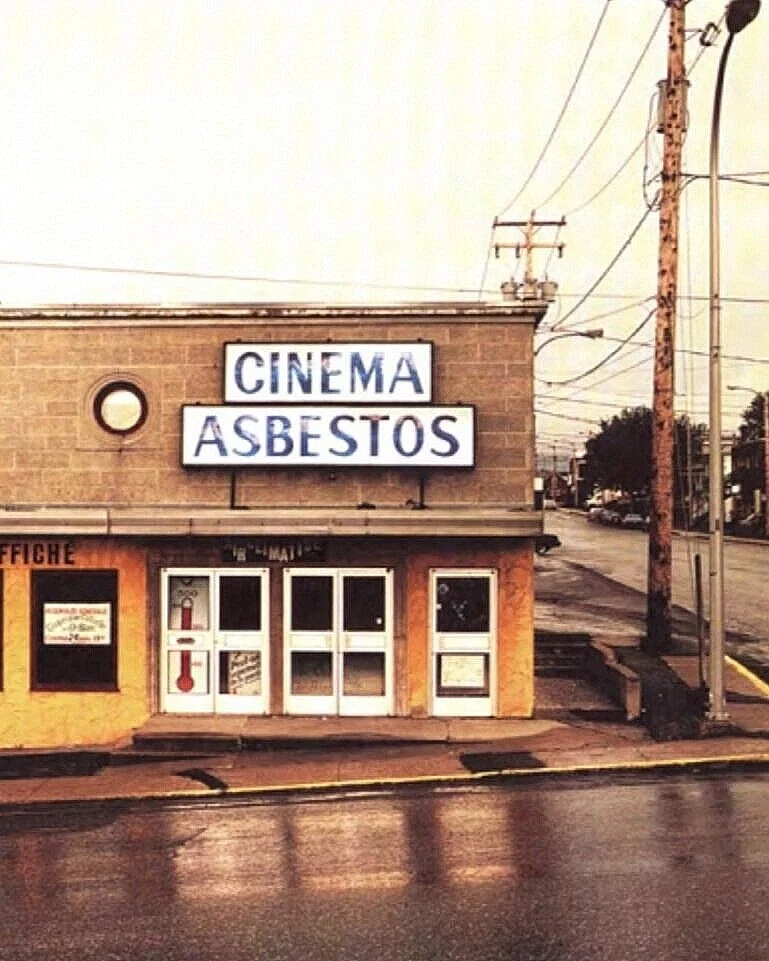Rx 49 / Yellow Book
Since every way of seeing the world—past and present—excludes hundreds of alternatives from view, the power to define what particular version of history becomes the public history is an awesome power indeed.
—David Glassberg, American Historical Pageantry (1990)
In 2016, curator Haely Chang in collaboration with Slought presented “Sinking under the dark sea,” an online project about the 2014 Sewol Ferry Disaster and the contestation of memory in South Korea. The Sewol sank in the Yellow Sea in April 2014, killing 304 passengers including 261 Danwon high school students on their way to Jeju Island for a field trip. One year after the tragedy, four designers and 59 illustrators of children’s books came together in collaboration and published the Yellow Book, a graphic novel that documents the disaster and its aftermath. “Sinking under the dark sea” was organized in the months leading up to the third anniversary of the disaster and featured a new English-language translation of the Yellow Book.
Since the events of April 2014, public understanding of the Sewol disaster in Korea has emerged at an intersection of two discrete sets of memories—the “official” and the “vernacular.” According to historian John Bodnar, official memory is often shaped by governmental and corporate elites “for the purpose of stabilization of the status quo” and “to foster patriotism and civic duty.” In the case of the Sewol, the government sought to influence both the memory and understanding of the disaster with the complicity of mainstream media. Unsupported and, at times, even fabricated aspects of the disaster circulated, which both downplayed the scale of the calamity and concealed the government's incompetence in handling the crisis. In this “official” reconstruction of the truth, the victims of the Sewol register as anonymous statistics and numbers of lives lost. In so doing, the victims are dematerialized and disembodied, at once inhibiting individual empathy and engendering a general societal apathy.




The Yellow Book records this contestation of memory surrounding the Sewol disaster. Short captions on each page reference “official” memories of the event as presented by the government, media, and laypeople. These are contrasted with vernacular accounts featuring voices and visual representations of survivors and families. The 63 artists and designers of the Yellow Book released their work online for free on the first anniversary of the disaster to enable its dissemination. As they had hoped, the images and text circulated broadly in South Korea in print and across various Korean social media platforms. The Yellow Book itself has become a powerful political statement, one that “Sinking under the dark sea” extended by contributing to ongoing efforts of remembrance and memorialization within South Korea and abroad.
reflections…
Some years later, the Korean public remains divided on basic questions concerning what happened during the disaster and how the disaster should be remembered. This interruption of tragedy resembles the Jeju Massacre (1948–54) and the Gwangju Democratization Movement (1980), wherein the government inhibited the process of mourning by urging the nation to move on. Yellow Book conveys a distinct response to mass trauma as told by a collaborative. Here, the victims are represented not as anonymous figures but rather as daughters, sons, parents, and friends whose individual absences continue to be mourned. How might a collective approach through art, as enacted here, be highly therapeutic for both an inner public (e.g., the artists) and an outer public (e.g., the readers)?
The ethical imperative to mourn and to remember took precedence over any admonishment to come to terms with the Sewol disaster. What happens to memory in a landscape of distrust when testimony itself is contested? Who controls the narrative of tragedy and how does this affect individual processes of mourning? How can art help us contest this instrumentalization of loss and bridge private and public expressions of grief? How can public displays of grief become the basis for a new politics built on shared vulnerability and loss?
In the case of the Sewol disaster, governmental violence took various forms—the government laid the groundwork for the crisis by not regulating the safety of the ferry; it could have done more to save the victims, and it sought to control the narrative and spread misinformation to protect itself. Under similar conditions of misinformation and in the absence of traditional memorialization, how do we create space for mourning and remembering those lost to the COVID-19 pandemic? How is loss memorialized in places of caregiving, which are often sites of grief, but rarely of commemoration?
Artist Suzanne Brennan Firstenberg’s installation “In America How Could This Happen...” took one approach, dotting the National Mall in Washington, DC with 270,000 flags, each representing a life lost to COVID-19. The number of flags has now grown to 700,000 as more and more Americans have passed away. The wrenching installation offers an alternative to official government commemorations of the pandemic—itself a kind of “vernacular memory” that creates space for grief while also holding people and systems to account, ultimately amounting to a call for justice. How do artists like Firstenberg and the contributors to the Yellow Book offer a more nuanced and intimate portrayal of mass tragedy? Further, how do such works serve as commentary on the role of governmentality in times of crisis, and the tendency for how systems that are meant to protect us, ultimately fail us?
Special thanks to Ms. Haely Chang.
sources
“A Nation Grieves: COVID-19 Memorial Flags.” Smithsonian National Museum of American History. Smithsonian Institution. Accessed October 20, 2021. https://americanhistory.si.edu/collections/object-groups/a-nation-grieves
Bodnar, John. The "Good War" in American Memory. Baltimore: Johns Hopkins University Press, 2010.
Chang, Haley, Aaron Levy, and Anastasia Colzie. “Sinking under the dark sea.” Slought Foundation. Last modified December 16, 2016.






